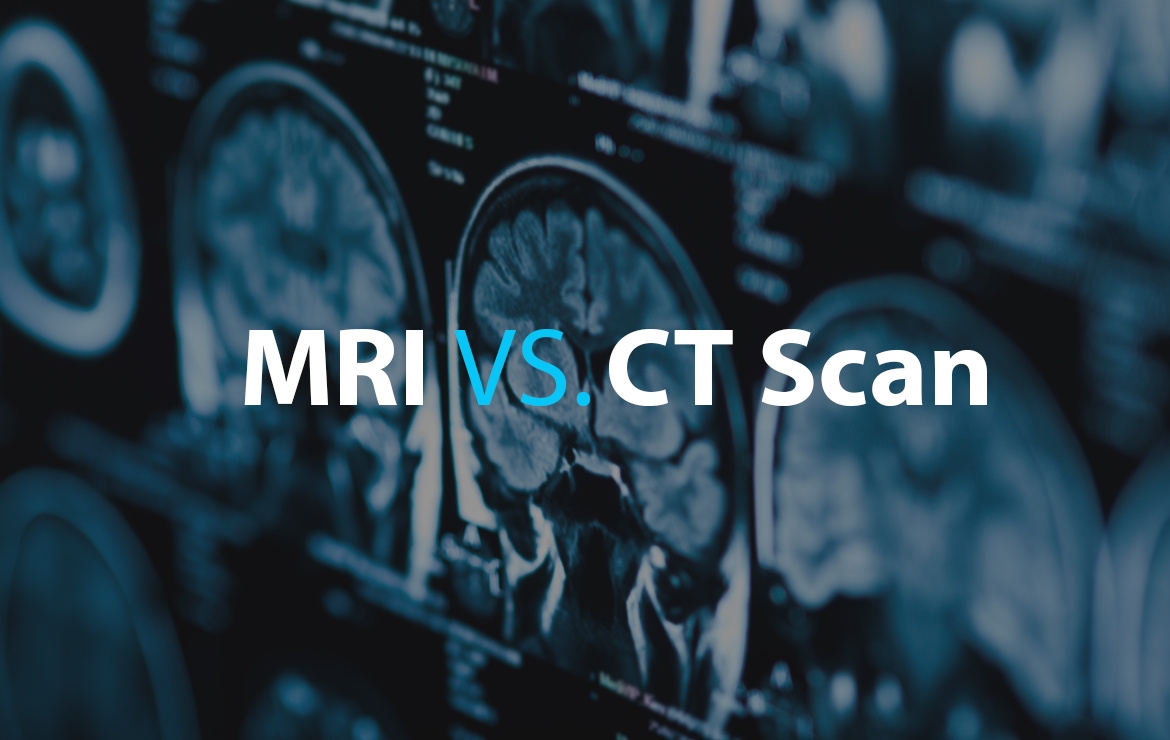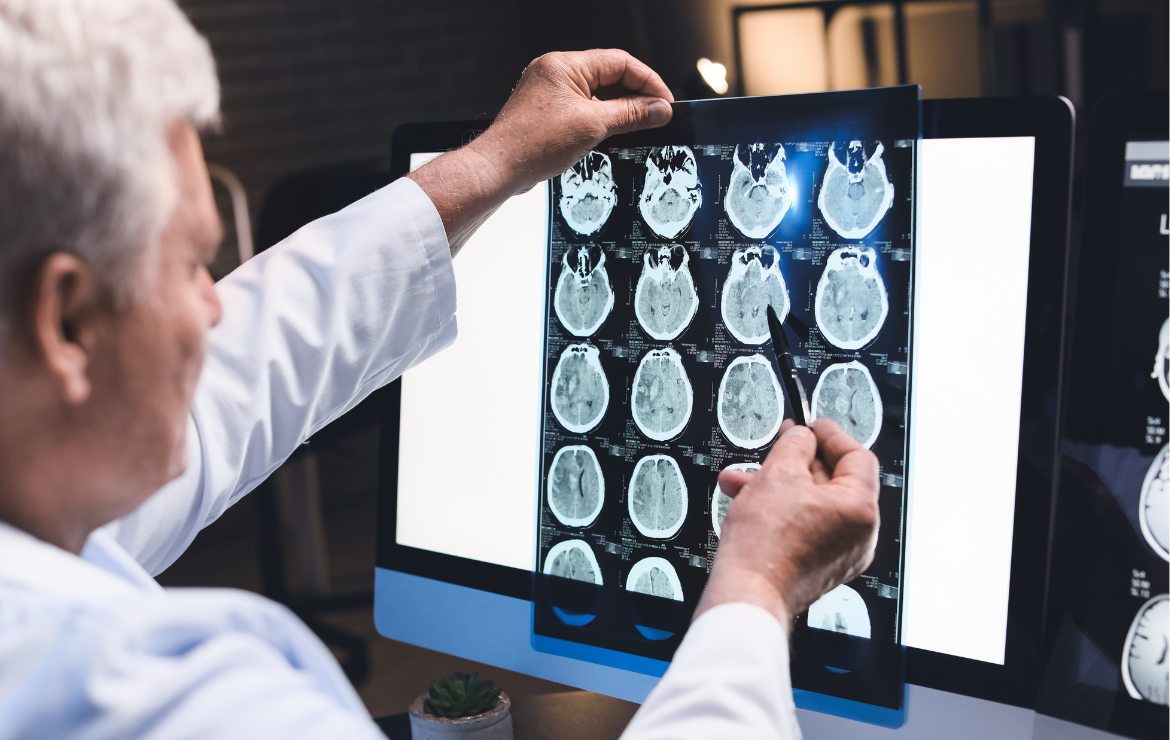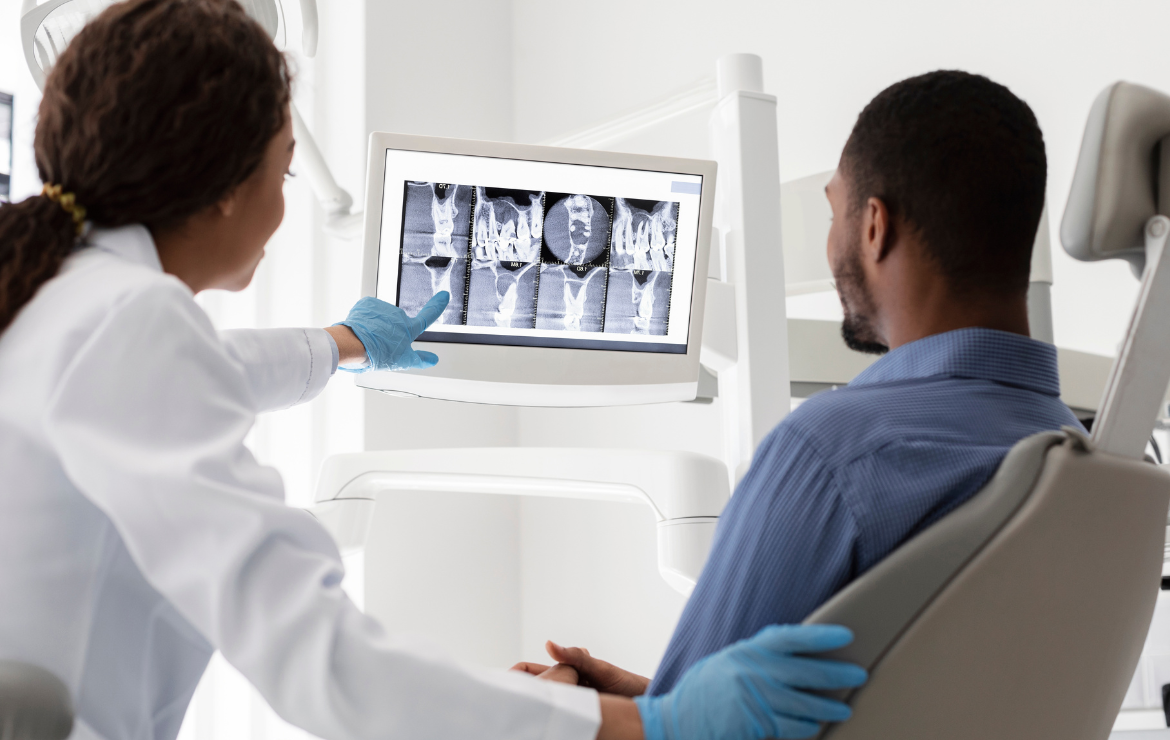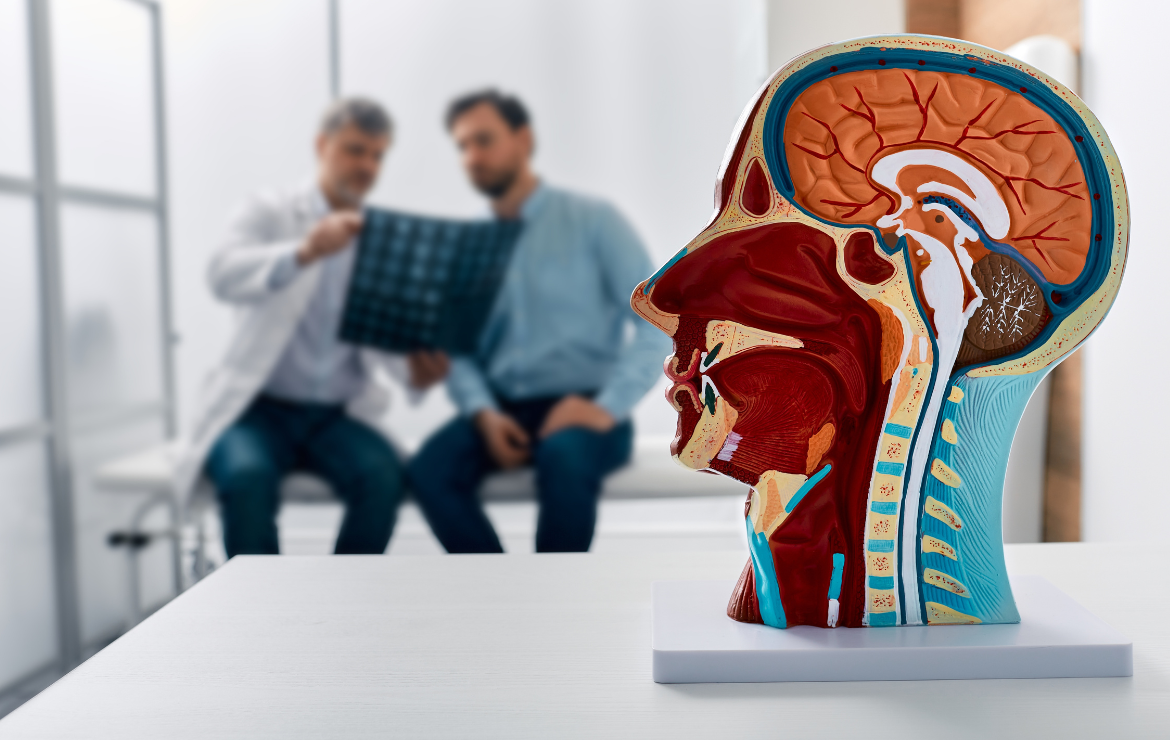Head Injuries: MRI’s or CT Scans – Which is Better for Workers’ Compensation Cases?

Workplace accidents can result in serious injuries, such as head injuries. These injuries can lead to long-term disabilities, medical treatment, and lost wages. When an individual suffers from head trauma, it can be vital to determine the extent of the injury to receive proper medical care. Magnetic Resonance Imaging (MRI) and Computed Tomography (CT) are both commonly used to capture images of the brain and diagnose head injuries. But which is better for workers’ compensation cases, and what are the differences between MRI and CT scans? We will explore both types of imaging and their uses and compare the two to determine which is best for detecting head injuries.
Understanding MRIs and CT scans
Magnetic Resonance Imaging (MRI) and Computed Tomography (CT) scans are both non-invasive diagnostic imaging tools physicians use to take images of internal body structures. MRI scans use a powerful magnetic field, radiofrequency waves, and a computer to produce detailed images of the body’s soft tissues. CT scans use X-rays to produce detailed images of bones and other internal organs. They both produce detailed images that can help doctors diagnose head injuries.
When to use an MRI scan for head injuries
MRI scans are often used when doctors suspect a traumatic brain injury, such as a concussion, or when they need to visualize soft tissue structures in the head. MRI scans are good at showing damage to the brain tissue, such as a contusion, hemorrhage, or blood clot. They can also detect problems with the blood vessels or nerves in the brain.
When to use a CT scan for head injuries
CT scans are often used in emergencies such as car accidents, falls, or blows to the head. They are more suited to showing bone fractures or other injuries to the skull. CT scans are also helpful in detecting internal bleeding or swelling of the brain.
When it comes to determining which one is better, It ultimately comes down to the specific condition that needs to be diagnosed. CT scans are great for detecting skull fractures or severe injuries, while MRI is more effective for detecting mild trauma, concussions, or tumors. In some cases, doctors may choose to utilize CT and MRI to understand the extent of the head injury.
In conclusion, MRI and CT scans play an essential role in diagnosing head injuries, but each has strengths and weaknesses. CT scans provide quicker results and are more cost-effective when detecting acute bleeding, skull fractures, or severe injuries. MRI is much better at detecting specific head injuries, such as concussions, brain tumors, and ischemic stroke. Depending on the patient’s condition, doctors may use MRI and CT scans to obtain a more comprehensive diagnosis. Ultimately, both imaging techniques serve different purposes, and it is up to medical professionals to evaluate the situation and determine the best method. No matter which imaging test is used, it’s essential to obtain a timely and accurate diagnosis to ensure injured workers receive the proper treatment and care they need.











